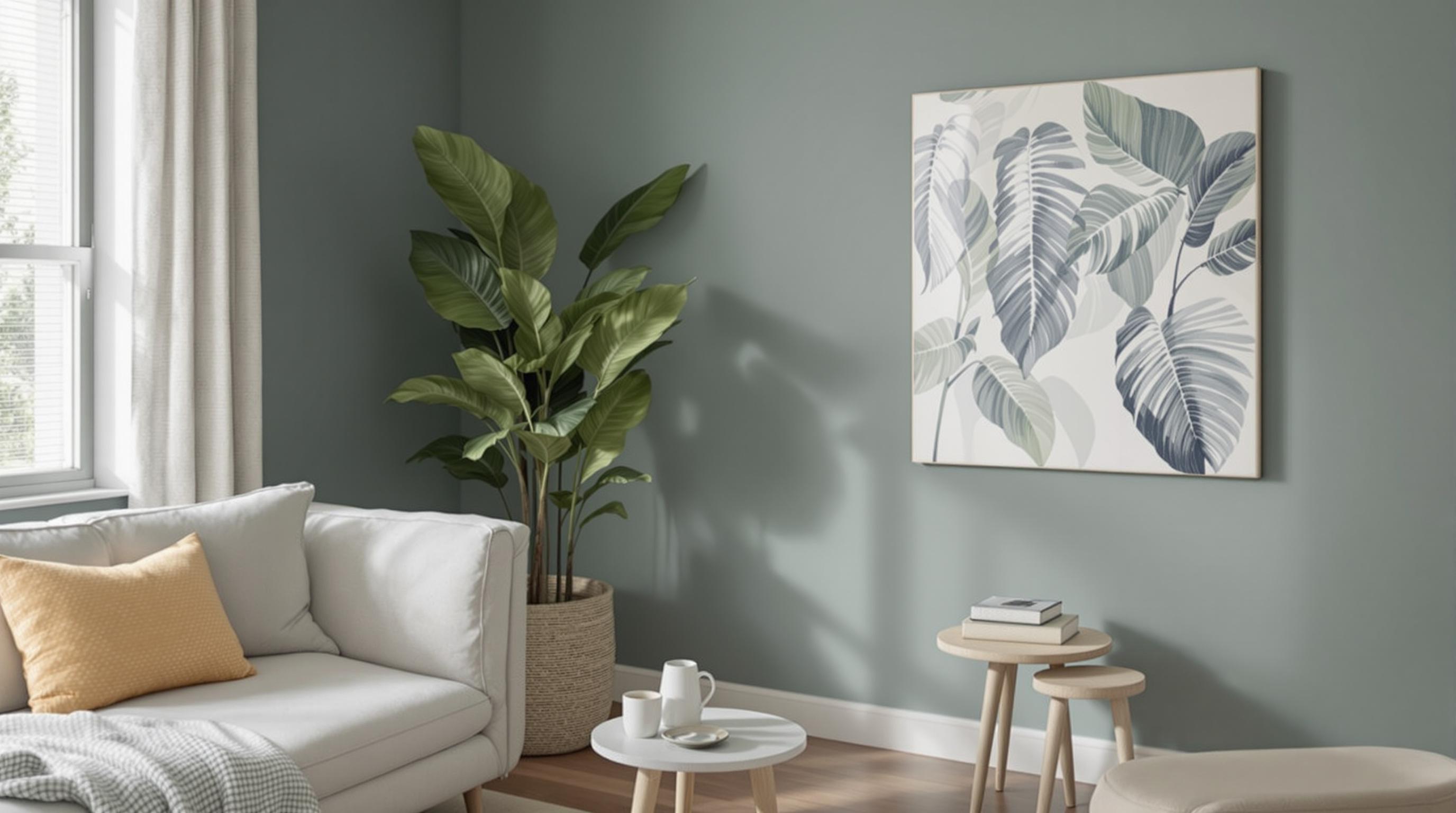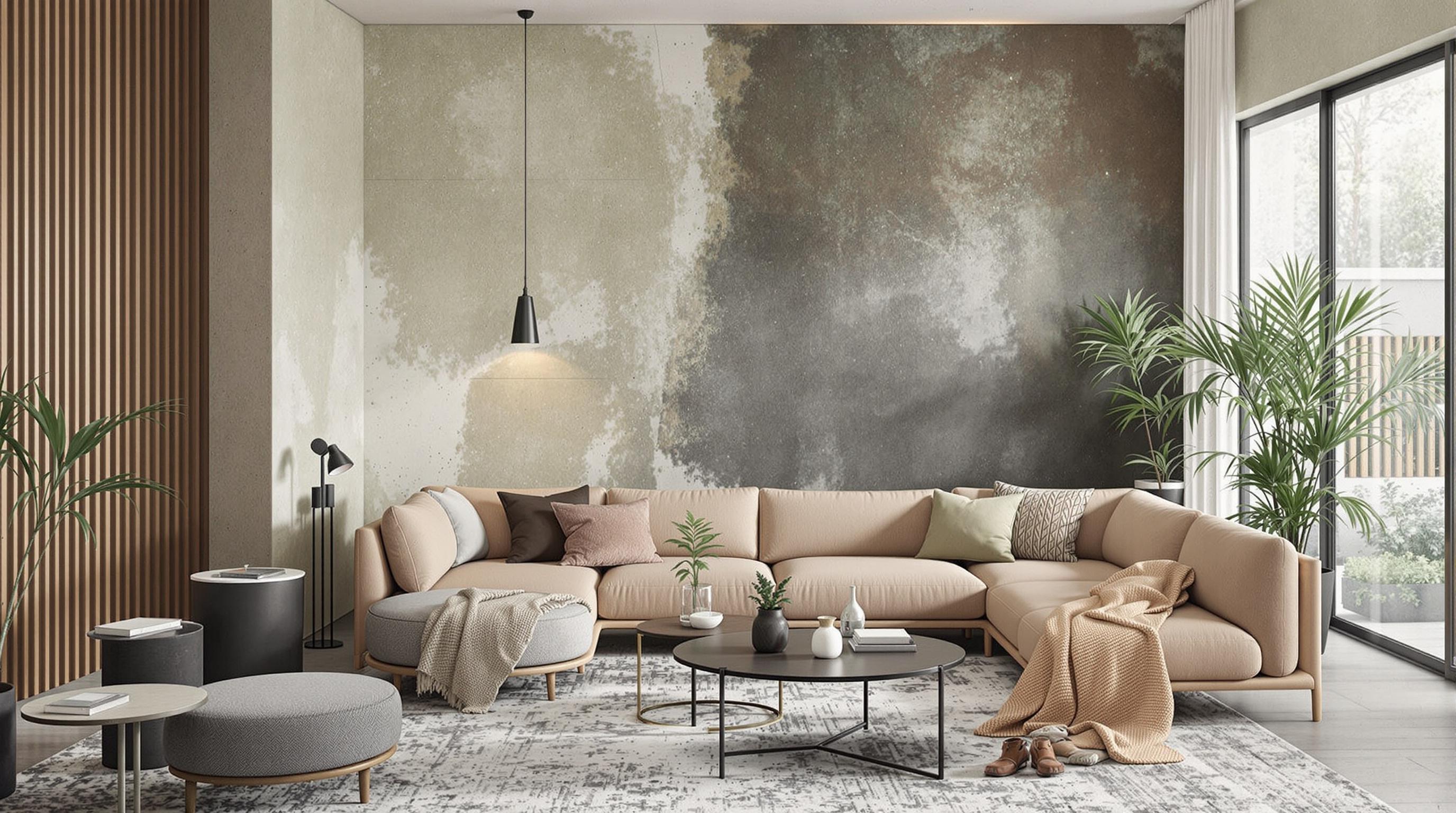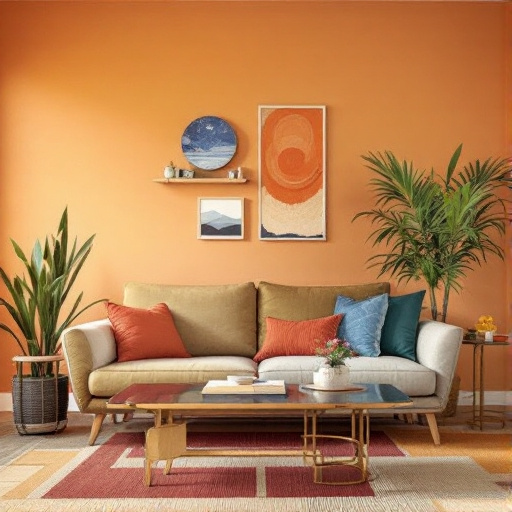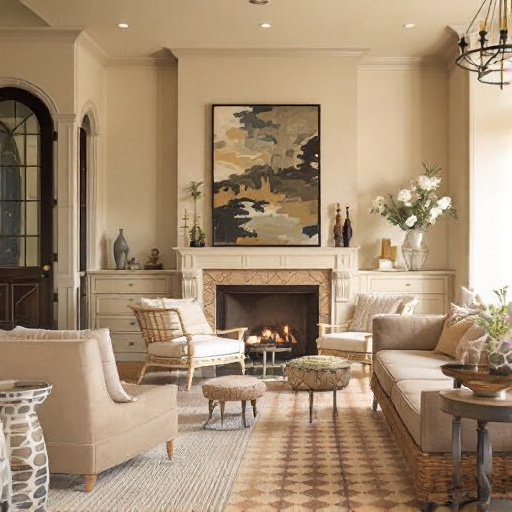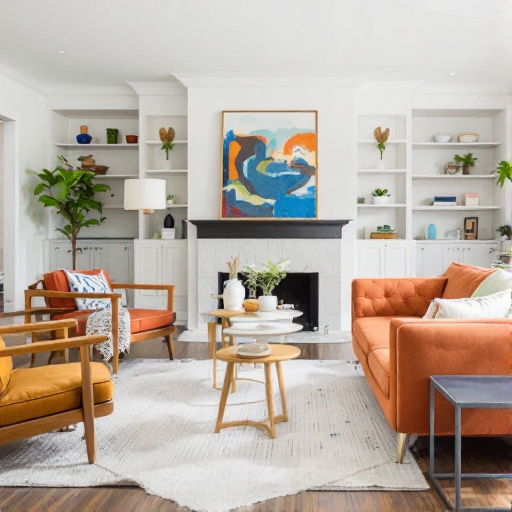Featured Articles
- "Beyond Beige: Unconventional Color Schemes That Challenge Traditional Home Design Norms"
- "Beyond Neutrals: Embracing Unconventional Color Pairings for a Bold Home Makeover"
- "Beyond Neutrals: Exploring the Psychology of Unconventional Color Pairings in Home Decor"
- Color Psychology: How House Paint Choices Impact Mood and Relationships in Unexpected Ways
- How Microclimates Indoors Influence Color Choices and the Subtle Energy Flow in Living Spaces
Color Psychology: How House Paint Choices Impact Mood and Relationships in Unexpected Ways
Color Psychology: How House Paint Choices Impact Mood and Relationships in Unexpected Ways
Color psychology plays a pivotal role in how we perceive and interact with our environments, influencing our moods and relationships in surprising ways. Understanding the emotional weight of color choices in home painting can lead to enhanced well-being and stronger connections with loved ones.
Understanding Color Psychology
Color psychology is the study of how colors affect human behavior, emotions, and attitudes. By the age of 50, it is estimated that humans make at least 35,000 decisions a day, many of which can be influenced by color (Peter M. Killeen, 2015). From choosing what to wear to deciding on decor, colors silently communicate messages and emotions that can uplift or dampen our spirits.
A Splash of Emotion: How Colors Affect Mood
When it comes to house paint, the emotional ramifications of color choices extend beyond aesthetics. Consider a vibrant red—a color often associated with energy and passion. While this can create an electrifying atmosphere, too much red may lead to agitation and hostility. In contrast, soft blues and greens can evoke tranquility and serenity, creating a peaceful environment ideal for relaxation and reflection.
Case Study: The Impact of Color on Relationships
In a fascinating case study conducted by the University of Southern California, researchers found that couples who painted their shared living spaces in harmonious colors reported improved communication and reduced conflicts. They theorized that colors like teal, known for its balancing properties, foster a nurturing atmosphere that encourages empathy and understanding between partners.
Storytime: Sam's Yellow Experience
Let’s take a humorous detour to meet Sam, an artist in his late twenties who decided to embrace his free-spirited side by painting his apartment a bright sunflower yellow. Initially, he adored the cheerful tone, believing it fed his artistic energy. However, when his girlfriend visited, she was overwhelmed by the brightness and ended up feeling anxious rather than inspired. After a few not-so-great conversations, they chose a softer pastel yellow, ultimately saving both the relationship and Sam’s painting aspirations. Sam learned the hard way that a little too much brightness can turn sunny afternoons into stormy ones.
The Science Behind Colors
Colors can trigger the release of hormones and neurotransmitters, altering our mood in measurable ways. For instance, studies have shown that blue light stimulates the production of serotonin, a chemical responsible for feelings of happiness and well-being. On the other hand, overly aggressive colors, like deep reds or very dark hues, can affect cortisol levels, leading to increased feelings of stress (Kurtis, 2021).
Setting the Scene: Different Rooms, Different Feelings
Different spaces in homes serve different purposes, and choosing colors that reflect these purposes can profoundly impact mood. A research study by the National Institute of Health has found that color choices in bedrooms can affect sleep quality. Lighter shades of blue and green encourage restful sleep, while rooms painted in deep reds or fiery oranges can disrupt sleep patterns.
Practical Tips for Choosing Your Colors
If you’re beginning a painting project, consider these simple techniques that can help you effectively use color to enhance your home:
- Choose cool tones for relaxation spaces: Colors such as soft blue or lavender can foster a serene environment for bedrooms and meditation rooms.
- Warm tones for social spaces: Soft yellows and muted oranges can create an inviting atmosphere for living or dining rooms.
- Accent walls: Don’t be afraid to feature a bold color on one wall to create a focal point without overwhelming the room.
Age and Color Preferences: Influences Over Time
Isn't it interesting how our color preferences shift as we age? A study by a renowned artist and psychologist showed that individuals in their teens gravitate toward bolder, more vibrant colors—think electric blues or neon greens—while those in their fifties and sixties often prefer muted, softer colors. The reasons behind these shifts could be tied to emotional development or the desire for comfort and stability as one matures.
Creating Harmonious Spaces: A Family Affair
When planning a paint job in a shared household, it’s essential to involve everyone to cultivate an atmosphere of collaboration. A family in Massachusetts painted their home collectively by voting on preferred colors, allowing each family member to understand the emotional significance behind each chosen hue. The result? A harmonious blend of colors that created not only a visually appealing space but also a shared sense of ownership and unity among family members.
Color and Culture: The Broader Impact
It's vital to recognize that color perceptions can be culturally specific. For example, white represents purity in Western cultures, yet in many Eastern cultures, it is associated with mourning. Understanding these nuances can be especially important when inviting friends and family with diverse backgrounds into your space. Respecting the significance of color to others fosters goodwill and can open the door to more profound connections.
Overcoming Color Crises
What happens when you’ve painted a room and don’t feel it suits you anymore? This “color regret” can dampen your spirit. One example comes from a homeowner in San Francisco who painted their dining room a bright orange with the hope of inspiring creativity. Instead, the homeowner found herself feeling agitated every time she dined. The solution? Adding neutral decor to transform the energy of the room, balancing the overwhelming color while maintaining the vibrancy she originally wanted.
Color Therapy: The Art of Applying Colors Wisely
Remedies like color therapy advocate for the healing properties of light and color. Practitioners often suggest incorporating certain colors into environments to enhance mood based on psychological principles. Using techniques such as color visualization and exposure therapy can fundamentally shift an individual's emotional landscape. Whether you're dealing with anxiety or seeking inspiration, colors can be a crucial part of the natural remedy toolkit.
Conclusion: A Colorful Future Awaits
In conclusion, the power of color is a subtle but profound influence on our moods, relationships, and daily lives. By being mindful of our choices in home painting, we can harness the emotional effects of colors, thereby enriching our environments and fostering deeper connections with those around us. So, the next time you're faced with a fresh palette, remember that your color decisions can impact your life more than you ever imagined.
As you ponder your next color choice, consider the feelings and perceptions each hue brings. Whether you’re aiming for cheerfulness, comfort, or creativity, a coat of paint is more than just aesthetics—it's an invitation to explore the colors of your emotional landscape!
